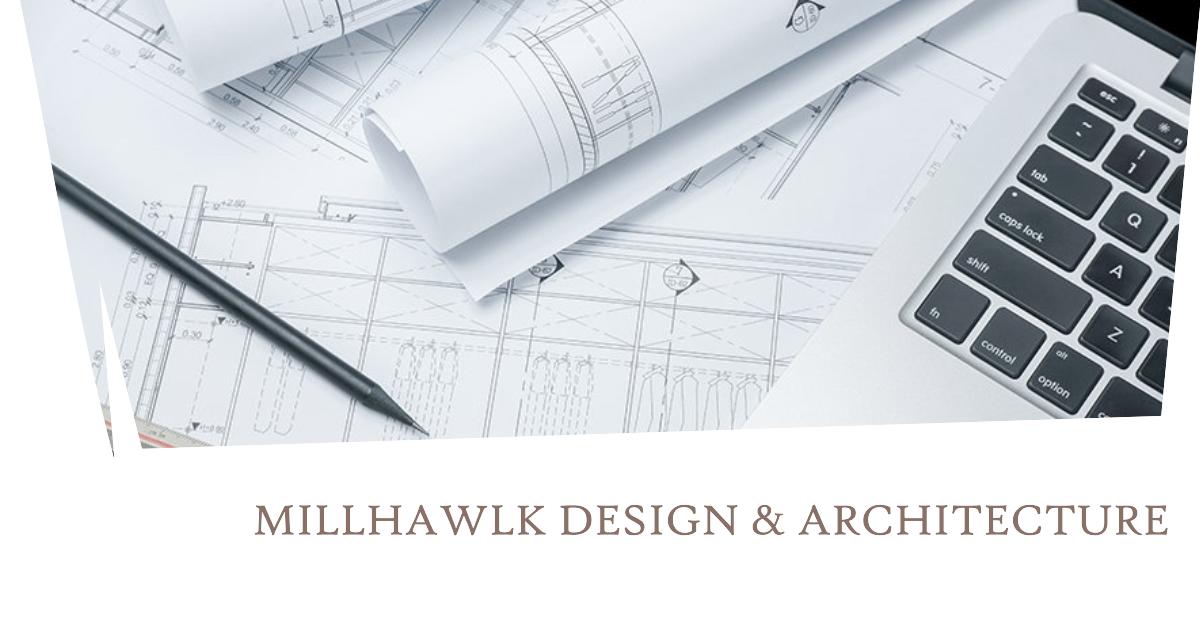What is Aggregate in architecture?
Aggregate in architecture refers to a material composed of various particles such as sand, gravel, crushed stone, or recycled concrete. It is commonly used in construction to create concrete, which is a fundamental building material in architecture.
Types of Aggregate
There are two main types of aggregate used in architecture: fine aggregate and coarse aggregate. Fine aggregate consists of particles smaller than 5mm, while coarse aggregate consists of particles larger than 5mm. Both types play a crucial role in the strength and durability of concrete structures.
Importance of Aggregate in Architecture
Aggregate is a key component in concrete mixtures, providing strength, stability, and durability to architectural structures. It helps to fill the voids between particles, creating a solid matrix that can withstand various loads and environmental conditions.
Properties of Aggregate
Aggregate in architecture possesses certain properties that influence the quality of concrete. These properties include shape, size, texture, and gradation, which determine the workability, strength, and appearance of the final product.
In need of a design or architecture service? Get in touch now and find out about our services.
Millhawlk has the best team of professionals in the region!
Architects Near me? We help you
Aggregate in Sustainable Architecture
In sustainable architecture, recycled aggregate is often used to reduce the environmental impact of construction projects. By reusing materials such as crushed concrete or asphalt, architects can minimize waste and conserve natural resources.
Challenges in Using Aggregate
Despite its benefits, aggregate in architecture can pose challenges such as segregation, bleeding, and shrinkage. Proper handling, mixing, and curing techniques are essential to overcome these issues and ensure the quality of the final structure.
Innovations in Aggregate Technology
Advancements in aggregate technology have led to the development of lightweight aggregates, high-performance aggregates, and self-healing aggregates. These innovations offer new possibilities for architects to create sustainable, resilient, and aesthetically pleasing structures.
Aggregate in Architectural Design
Architects often incorporate aggregate into their designs to add texture, color, and visual interest to buildings. Exposed aggregate surfaces, for example, can create unique patterns and finishes that enhance the overall aesthetic appeal of a structure.
Future Trends in Aggregate Usage
As the demand for sustainable and innovative building materials grows, the use of aggregate in architecture is expected to increase. Architects and designers will continue to explore new ways to leverage the properties of aggregate to create cutting-edge and environmentally friendly structures.
Conclusion
Aggregate plays a crucial role in architecture, providing strength, durability, and aesthetic appeal to concrete structures. By understanding the properties, types, and challenges of aggregate, architects can harness its full potential in their designs and contribute to the advancement of sustainable architecture.






